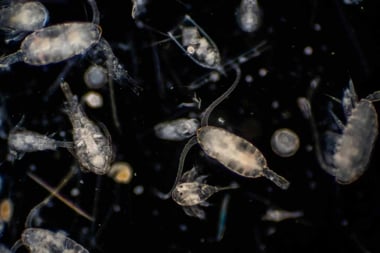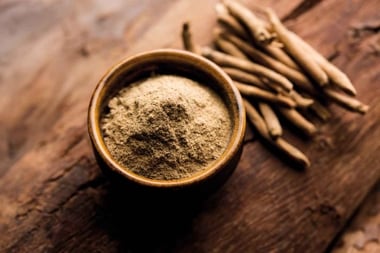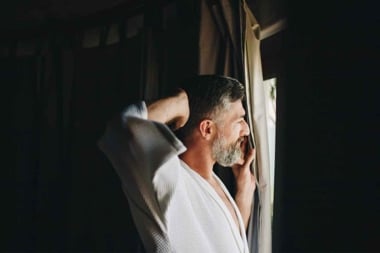
Cayenne, cinnamon, turmeric, and chili pepper arent just bold flavours in your food. Theyre the hottest new colours for your home.
Cayenne, cinnamon, turmeric, and chili pepper aren’t just bold flavours in your food. They’re the hottest new colours for your home.
Rich hues inspired by spices and travel to exotic places are showing up in paints, furniture, textiles, and accessories. These warm colours–reds, oranges, yellows, and browns–promote the feeling of a comfortable, relaxing space.
What is it about these colours that makes you feel good? One reason is that warm colours communicate a sense of heat. For example, when you see yellow, orange, red, and brown, you associate them with warm things, such as sunshine or fire.
Another is that warm colours tend to make spaces feel smaller and cozier. Warm colours are at the infrared end of the colour spectrum and they reflect longer wavelengths of light than cool colours such as green or blue. Warm colours stand out, filling the eye.
Colours and Mood
Like everything else in your environment, colour affects your mood and wellness. “What you see around you can affect how you feel,” says Melissa Carr, DrTCM, RAc. “If you see peaceful and relaxed, you’re going to feel peaceful and relaxed. If what you see is chaos (work you should be doing and clutter), you take it in, not just with what you see, but also with what you hear, what you smell, and how you feel.”
So how can warm, spice-inspired colours create a peaceful atmosphere in your home? Consider the principles that guide traditional Chinese medicine and feng shui: qi (energy), yin and yang (balance), and the five elements (fire, earth, water, wood, and metal). Colours have energy; they are black or white, warm or cool, and they are connected to things in the natural world.
Used consciously, colours can be healing (see sidebar). However, colours that are too bright or chaotic can overstimulate and trigger stress. The key to using colours to enhance your home is in choosing the right colours for the right rooms, and in the right amounts.
Red Hot Chili Pepper
Pantone, one of the world’s leading colour authorities, recently named “Chili Pepper” as the colour of 2007. The colour of the heart, red is strongly associated with love and passion. In Chinese culture, red symbolizes wealth and fortune.
Because it is a primary colour, red can be intense and even overstimulating. It may induce emotions such as anger and aggression. If you paint a room red, choose a deeper shade, such as burgundy, and balance red with lighter colours. If you like to entertain, red creates dynamic living and dining rooms. A red bedroom may feel passionate, but certainly not restful.
Bright reds, reminiscent of cayenne pepper, are good accent colours. Choose red area rugs, throw pillows, and candles to warm up a room.
Mad About Saffron
In traditional Chinese medicine, orange and yellow are associated with the earth element, which governs digestion. “Yellow and orange are stimulating to the digestive system. They are helpful if you have indigestion, heartburn, poor appetite, bloating, or digestive diseases,” says Dr. Carr.
Interior designers seem to concur that golden yellows and pumpkin oranges stimulate appetite; these colours are now popular for dining rooms and kitchens. Yellow is often associated with sunshine, cheerfulness, and optimism, making it a good colour to use in bedrooms, hallways, and entranceways.
Down to Earth
Brown communicates earthiness and stability–perhaps because of its association with trees and soil. Dark browns such as chocolate, cinnamon, and coffee evoke rich flavours and a feeling of wealth.
Since furniture is often made of wood, you don’t have to make much effort to bring brown’s soothing effects into your home. Try bringing in pieces in darker shades for a grounding, earthy effect, balancing them with whites for maximum calm.
Above all, strive for comfort in your home. Choose colours that help you attain the goal of a stress-free, healthy environment.
Healing Colours
Traditional Chinese medicine and feng shui are based on the five elements of the natural world. Each element is related to certain colours and parts of the body.
| Element | Colours | Organs affected |
| fire | red | heart and circulatory system; small intestine |
| earth | orange, yellow, and brown | digestive system |
| water | blue and black | kidneys and bladder |
| wood | green | liver and gallbladder |
| metal | white, silver, and gold | lungs and large intestine |




